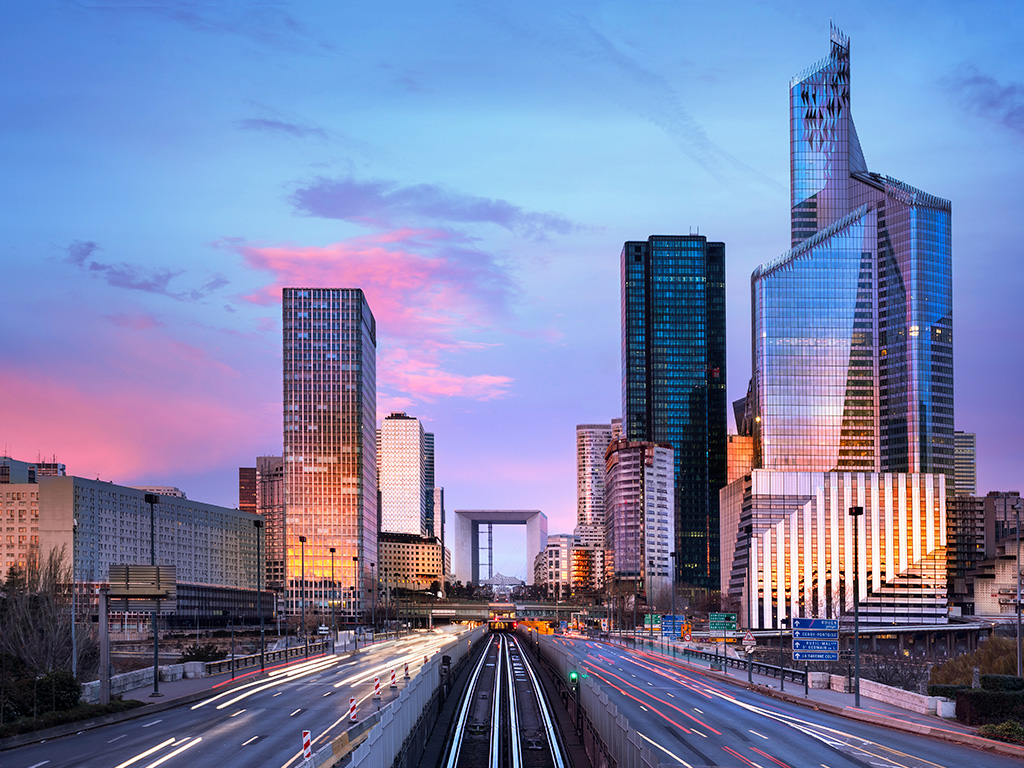
The world is changing and so are our cities! Will they be hyper-connected? Will they be full of innovation? Will they revolutionise real estate? Will they meet the climate and demographic challenges of the future?
So many questions remain unanswered, proving that cities can evolve and change. But one main question stands out. How can we live better in the future by building on what already exists in the present in order to build the city of tomorrow?
Nature at the heart of the projects
according to UN data, it is expected that by 2050, 70% of the world's population will live in urban areas, compared to 55% today.
In addition to this hyper-density forecast, two other factors, which have emerged since the various lockdowns, are pushing and guiding architects, urban planners and other professionals in the sector to think about the city differently and to rethink the use of buildings: the need for nature and the need for access to the outdoors for city dwellers.
Visionary, sustainability-oriented architects
An architect specialised in biomimicry - an approach at the crossroads of engineering techniques, architecture and sustainability that draws its inspiration from nature and organic forms (animal and plant) - and a fan of new construction methods based on his "Archibiotic" concept, Vincent Callebaut imagines the cities of tomorrow by bringing nature back into the city. His goal? To make the city consume as a common good to be cultivated in symbiosis with nature. Driven by this desire, the architect has imagined numerous large-scale architectural projects, the latest of which is "Aequoera".
Unlike a skyscraper, this inhabited ecosystem, inspired by life, is an oceanscraper that takes its name and shape from a bioluminescent jellyfish. Aequoera is a floating city in the form of twisted towers 1,000 metres deep, 3D printed from a new material called "algoplast", a mixture of plastic waste from the oceans and algae. It is an underwater village that ensures its stability and produces FUTUREits own energy thanks to articulated tentacles and oceanothermal power plants. Over time, it will continue to strengthen itself by bio-constructing itself through natural calcification, like shellfish that capture calcium carbonate from the water to form an exoskeleton. Inside this marine complex with biophilic design, a style that consists of designing places of inspiration and rest that connect nature and human beings, one can find housing, fablabs, offices, coworking spaces, recycling centres, scientific laboratories, sports fields, educational hotels and phyto-treatment lagoons spread over each stratum, in order to welcome a future generation of inhabitants, the Meriens.
This example of an architectural project brings out a new urbanisation process that offers new perspectives in terms of urban development and the possibility of creating new technologies to live in total synergy with the environment.
A change in historic cities
To become a model of the city of the future in terms of architecture, environmental innovation and co-construction, this is the challenge that Paris the french capital has set itself by combining nature and architecture in a new hybrid and ecological project, "Mille Arbres". Becoming the green lung of northwestern Paris is the mission of both the architects and the start-ups who are intended to design and reinvent the Paris of tomorrow.
The concrete of the ring road merges with a forest of a thousand trees that will protect against pollution and form a floating village of social and collective housing, offices, hotels, a bus station, as well as a children's centre with a cr che, a covered playground and workshops on the theme of biodiversity.
Urban development projects and concepts are proliferating, such as smart cities and vertical cities... Even if most of them are still in the research and development stage, this points to an architectural future that is more in line with the pillars of sustainable development.



